As October ends, something shifts across Mexico. Inside homes, people set up tables with candles, bread, drinks, and old photographs. Everything is placed with care. This is the time for remembering. The Day of the Dead is not treated as a sad occasion. It is quiet, thoughtful, and full of love. Streets grow louder with music, markets fill with colorful orange flowers, painted skulls, and sweet loaves of bread shaped like bones. Cemeteries do not feel empty, they glow with candles as families gather by the graves, talking, eating, waiting. The festival of the Day of the Dead is not a performance. It is a tradition made of memory and feeling. Everything about it connects the living with those who came before.
About Day Of The Dead In Mexico
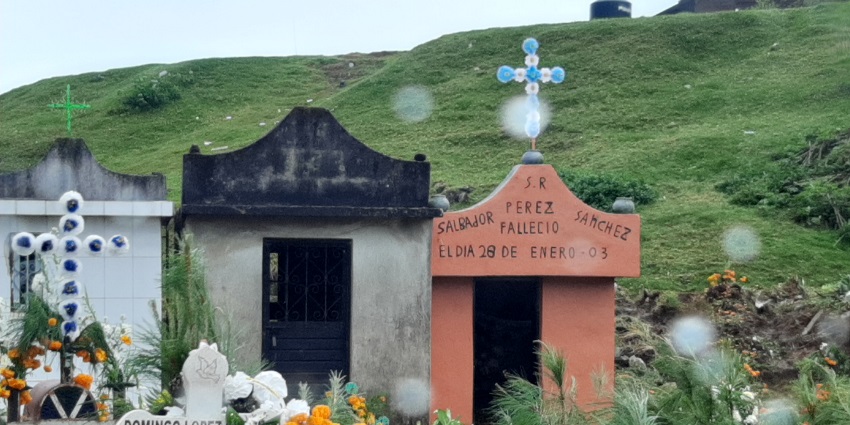
Photo: Carlos t / Wikimedia Commons / Image For Representation Only
It is held every year on 31 October, 1 and 2 November. The first day is for preparing the home and altar. People clean, light candles, and place food, marigolds, and water to welcome returning spirits.
November 1st is called Día de los Angelitos. It is for children who passed away. Families add toys, sweets, and small clothes to the altar. On 2 November, Día de los Difuntos, adults are honoured with drinks, bread, and things they enjoyed in life.
Suggested Read: Festivals In Mexico You Cannot Skip For An Authentic Cultural Experience
Day Of The Dead Festival Facts
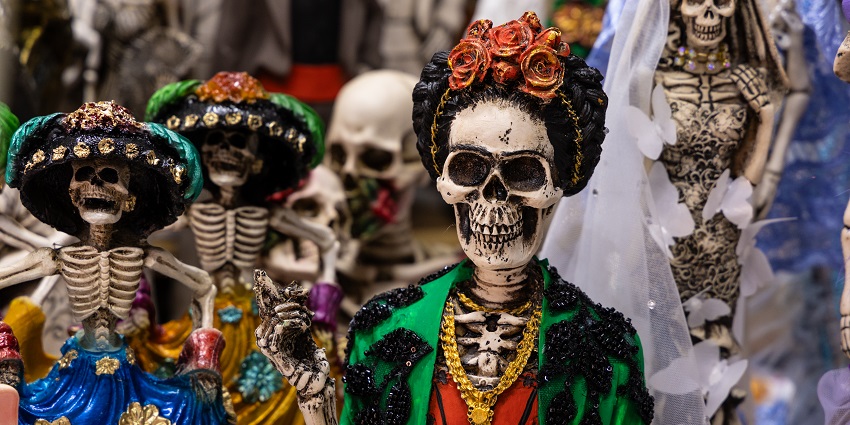
Photo: Tomascastelazo / Wikimedia Commons
- The Day of the Dead, also known as dia de los muertos festival has been celebrated in Mexico for over 3,000 years, with roots in Indigenous Aztec traditions that honoured the dead through month-long rituals.
- It was officially recognised by UNESCO in 2008 as the Intangible Cultural Heritage of Humanity.
- The flower most associated with the celebration is the cempasúchil (Mexican marigold), believed to guide spirits back with its scent and colour.
- Altars are traditionally built with levels, two for heaven and earth, or seven to represent the steps souls take to reach peace.
- Pan de muerto, a round sweet bread decorated with bone-like shapes, is only baked and eaten during this time.
Things To Do On The Day Of The Dead
Things to do during the Day of the Dead festival Mexico include cemetery visits, street parades, market browsing, food tasting, and altar viewings.
1. Join Processions And Visit Cemeteries
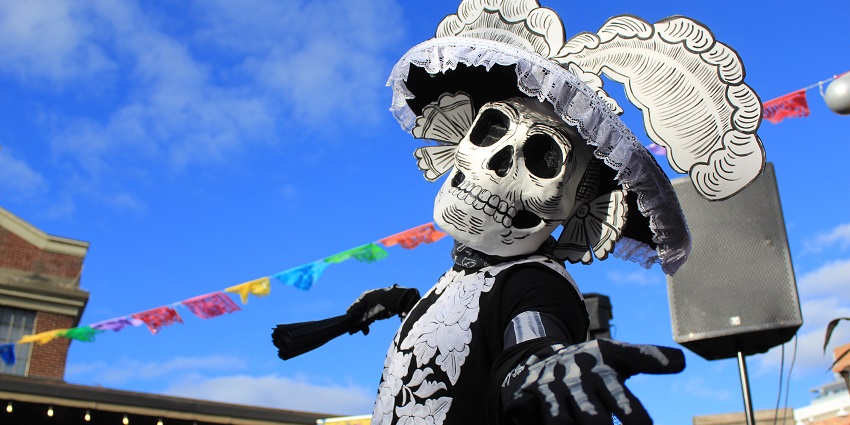
Photo: M.i.king.photography / Wikimedia Commons / Image For Representation Only
As night falls, people take to the streets. Drums beat softly, candles flicker, and faces painted like skulls appear one after another. These night walks, called comparsas, lead to local cemeteries. Graves are already covered in flowers, candles, and belongings of the departed. Some families sit by the tombs all night, and they eat, pray, and share memories. Strangers are welcomed kindly, as long as they show respect. There is laughter, too, because this night is not about fear, it is about love.
Suggested Read: Things To Do In Cancun
2. Watch Performances and Taste Local Foods
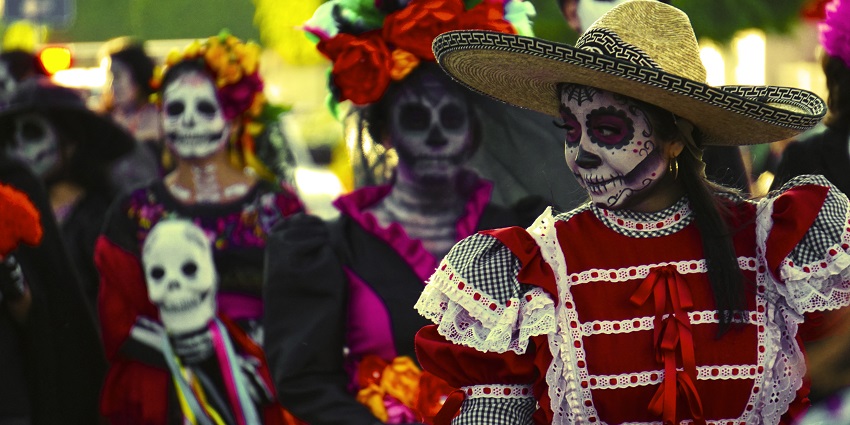
Photo: Mauriciosilerio / Wikimedia Commons / Image For Representation Only
Markets during this time feel different as every corner glows with marigolds. Stalls sell skull-shaped sweets, candles, and papel picado that flutter in the breeze. Some sell hot atole or sweet tamales wrapped in banana leaves. You will find pumpkin cooked in syrup and bread shaped like bones. If you are in Xochimilco, take a boat ride and watch the story of La Llorona performed on water. In other towns, folk dances and puppet shows fill the main square. Food, stories, and music make this celebration feel full and alive.
3. Visit Altars And Offerings
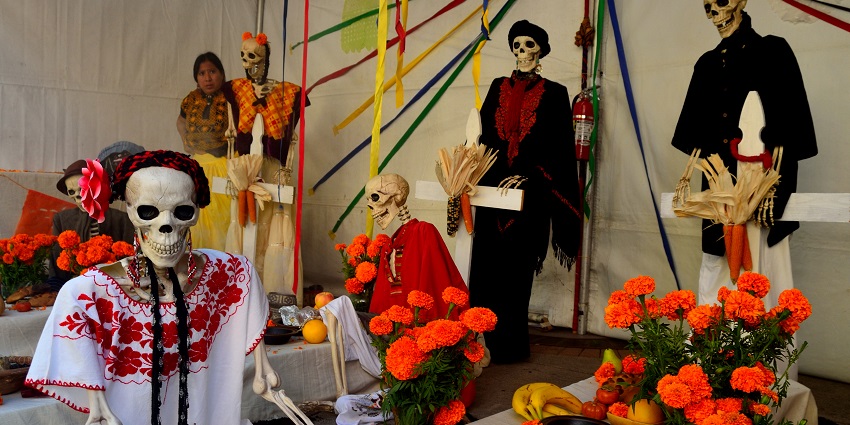
Photo: Tom Hilton / Wikimedia Commons
The altar, or ofrenda, holds everything. People build them at home, in schools, and in town halls. First comes the oilcloth, then the photos. Some altars have shoes, letters, or cigarettes. Others hold pan de muerto, tequila, or fruit. Each thing placed is something the person loved in life. Sugar skulls, called calaveras, are made by hand, out of which some are clay and some are sweet. Their smiling faces are meant to laugh in the face of death. The smell of marigolds guides the souls home and the candles light the path.
Suggested Read: Exciting Things To Do In Sayulita For The Ultimate Mexican Escape
Venue To Experience The Day Of The Dead
The Day of the dead festival is celebrated through the Mexico state, however here is the list of the top places to experince the festival at its fullest in Mexico.
1. Oaxaca
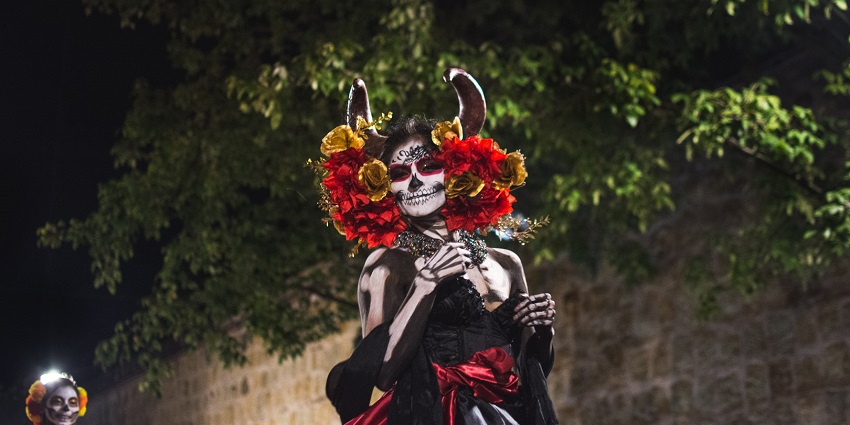
Photo: Elgabilove / Wikimedia Commons / Image For Representation Only
Oaxaca observes the Day of the Dead with restraint and meaning. What sets it apart is its deep connection to local tradition. Streets are lined with handmade sand art, shaped by families in silence. Altars stand outside homes and shops, filled with food, candles, and personal belongings. The focus remains on the memory of the departed, not performance. The General Cemetery is filled with quiet gatherings. Families stay through the evening, not for show, but for presence. Cultural spaces host altar exhibitions and concerts, but always within the spirit of reverence that defines Oaxaca during this time.
Nearby Hotels: Casa Antonieta, NaNa Vida Hotel, Hotel Parador San Agustín
Nearby Restaurants: Casa Oaxaca, Los Danzantes, Mercado 20 de Noviembre food stalls
How To Reach: Oaxaca International Airport lies about 10 kilometres from the city
Nearest Airport: Oaxaca International (OAX)
Major Attractions: Santo Domingo Church, city altars, comparsa parades, Xoxocotlán cemeteries
2. Patzcuaro
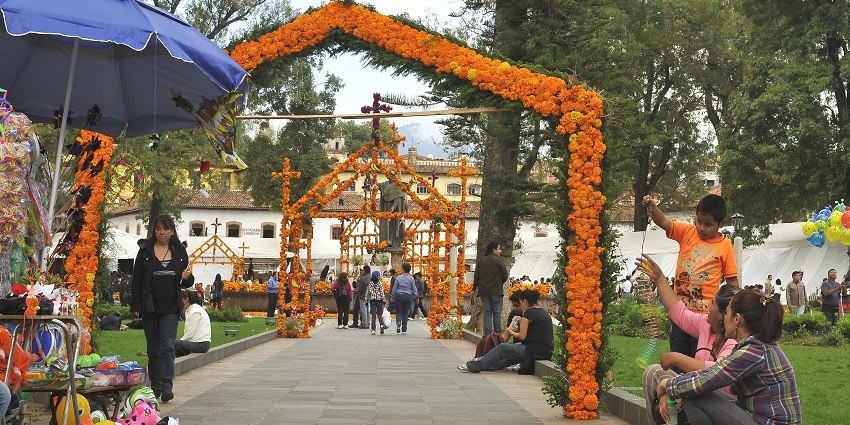
Photo: LBM1948 / Wikimedia Commons
Pátzcuaro, in Michoacán, is known for one of the most solemn and spiritual Day of the Dead observances. Its distinct character comes from the traditions of the Purépecha people, especially on Janitzio Island, where candlelit boats cross Lake Pátzcuaro on the night of 1 November. Women in traditional dress carry offerings, and families gather quietly at graves with food, marigolds, and photos. Unlike festive city parades, the atmosphere here is reflective. Prayers are whispered, and children place flowers beside headstones. The setting, surrounded by lake mist and silence, creates a deeply moving and respectful tribute to the departed.
Nearby Hotels: Hotel Casa Encantada, Posada Yolihuani, Hotel Pueblo Mágico
Nearby Restaurants: La Surtidora, Lupita’s, Restaurante Las Jarritas
How To Reach: The nearest airport is in Morelia, approximately 1.5 hours away by road
Nearest Airport: Morelia International (MLM)
Major Attractions: Plaza Vasco de Quiroga, local altars, boat rides to Janitzio
Suggested Read: Discover Things To Do In Acapulco
3. Mexico City
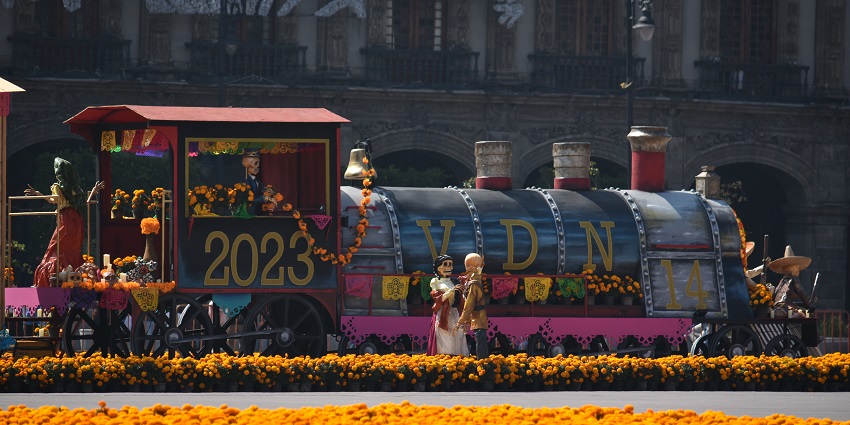
Photo: El Comandante / Wikimedia Commons
Mexico City presents the Day of the Dead in layers, modern, historic, and ceremonial. In the city centre, large-scale parades now draw thousands, featuring towering skeletal figures, embroidered costumes, and traditional music. These events are a recent addition, designed to represent national culture publicly. Away from the parade route, places like San Andrés Mixquic hold to older customs. Families clean graves, build altars with food and photographs, and light candles through the night. Museums, universities, and cultural institutes also create public ofrendas, offering insight into the celebration’s meaning. The city allows travellers to observe both popular and private forms of remembrance.
Nearby Hotels: Zócalo Central Hotel, Historico Central, Hotel Catedral
Nearby Restaurants: Café de Tacuba, El Cardenal, Azul Histórico
How To Reach: Mexico City International Airport (MEX) receives direct flights from major global cities
Nearest Airport: Mexico City International (MEX)
Major Attractions: Zócalo parade, giant ofrenda, Museo Anahuacalli
4. San Andrés Mixquic
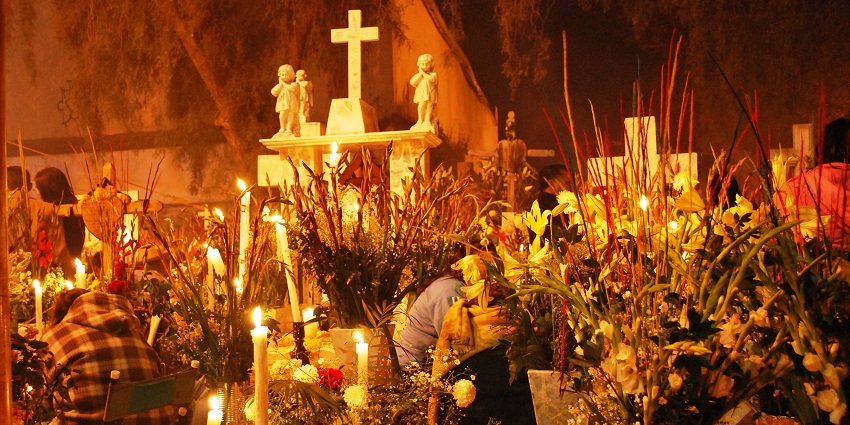
Photo: Thelmadatter / Wikimedia Commons
San Andrés Mixquic, a former village now part of Mexico City’s southeast edge, is known for preserving traditional Day of the Dead practices without alteration. Counted among the unique places to visit in Mexico, what defines Mixquic is its candlelit vigil on the night of 2 November, when locals gather at the cemetery in silence. Graves are cleaned, altars are built directly over tombstones, and the entire churchyard glows with marigolds and wax. Unlike central celebrations, there are no parades or performances here. Everything remains rooted in family ritual and community faith. The setting is modest, but its sincerity and emotional depth leave a lasting impression on respectful visitors.
Nearby Hotels: Hotel MX Congreso, Hotel San Francisco, NH Collection Centro
Nearby Restaurants: El Mayor, La Casa de las Sirenas, Antiguo San Ángel Inn (en route)
How To Reach: Mixquic can be reached from central Mexico City by car in around 90 minutes
Nearest Airport: Mexico City International (MEX)
Major Attractions: candlelit cemetery vigils, church of San Andrés
Suggested Read: Things To Do In Cabo
5. Guanajuato
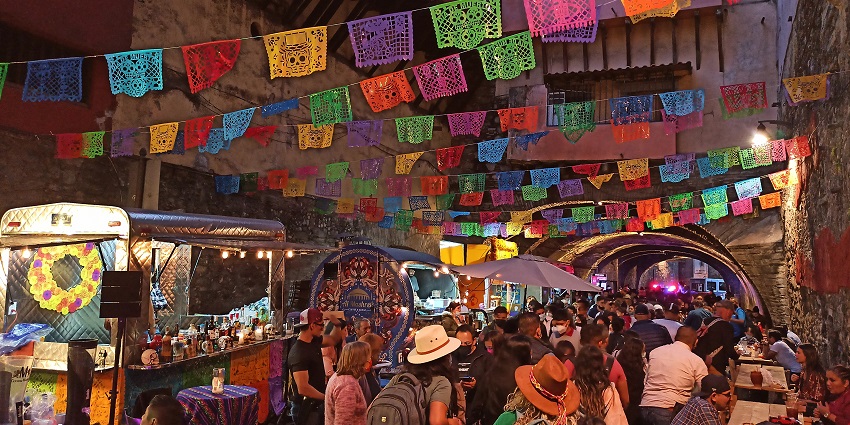
Photo: Juan Carlos Fonseca Mata / Wikimedia Commons
Guanajuato marks the Day of the Dead with a focus on stories, memory, and visual expression. Altars appear throughout the city, on steps, balconies, and near old stone walls. Students and artists organise performances and readings that reflect local tales about death and the afterlife. The mood in Guanajuato is thoughtful and cemeteries are visited quietly by families. Unlike places that focus on large processions, this city blends tradition with literature, theatre, and community rituals. Public spaces turn into places for reflection. The celebration is shaped by the city’s cultural identity rather than performance or ceremony.
Nearby Hotels: Hotel Boutique 1850, Edelmira Hotel Boutique, Casa del Rector
Nearby Restaurants: Casa Valadez, Los Campos, Metate & Salmón
How To Reach: Guanajuato International Airport (BJX) is around 30 kilometres away
Nearest Airport: Bajío International (BJX)
Major Attractions: Festival de la Muerte, Callejón del Beso, mummy museum
6. San Miguel de Allende
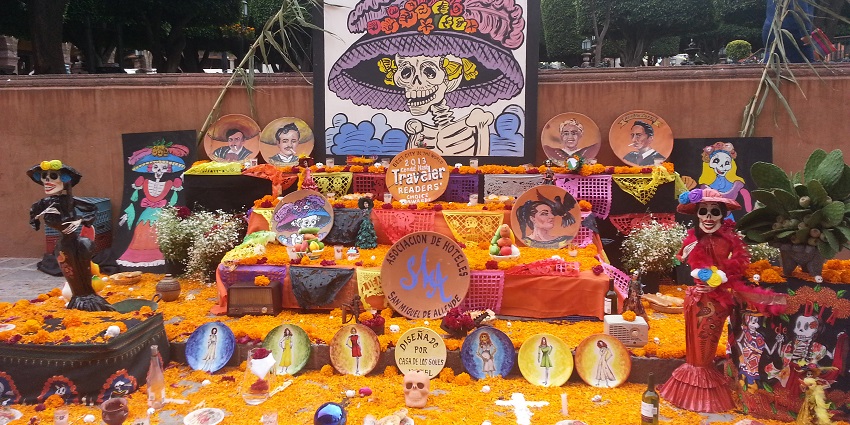
Photo: Xibsuarz / Wikimedia Commons / Image For Representation Only
San Miguel de Allende marks the Day of the Dead through quiet traditions and personal rituals. Residents place altars in doorways and patios using candles, bread, fruit, and marigolds. Paper banners hang across streets, and local schools and shops build altars in public areas. Small candle lit walks take place through the old town. Families gather at home or in community spaces, not for display, but to remember. Unlike the vibrant parades listed among popular things to do in Mexico City, events here remain small, without large processions or noise. The atmosphere is shaped by its narrow lanes, stone paths, and a setting that allows time for reflection.
Nearby Hotels: Hotel Real de Minas, Hacienda El Santuario, Casa Hoyos
Nearby Restaurants: Marsala cocina con acentos, Hecho en México, Lavanda Café
How To Reach: Querétaro Intercontinental Airport is the closest, around 70 kilometres away
Nearest Airport: Bajío International (BJX)
Major Attractions: La Calaca Festival, Parroquia de San Miguel Arcángel, and cemetery altars
Suggested Read: Things To Do In San Jose Cabo, Mexico For An Unforgettable Adventure
7. Aguascalientes
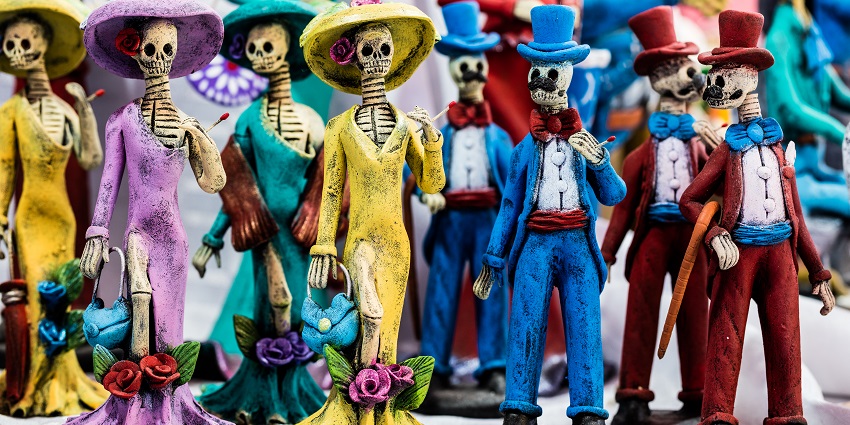
Photo: Tomascastelazo / Wikimedia Commons / Image For Representation Only
Aguascalientes holds a unique Day of the Dead celebration known as the Festival de las Calaveras. It is shaped by art, theatre, and public events that focus on death through creativity rather than ritual alone. Streets are filled with skeleton figures, floats, and performances inspired by José Guadalupe Posada, who was born here. His famous skull drawings appear across altars, costumes, and posters. The event spans several days and includes cultural exhibitions, concerts, and food fairs. While the cemetery remains part of the tradition, the city centres its observance in public squares, combining heritage with artistic expression.
Nearby Hotels: Aguascalientes Marriott Hotel, Hotel Francia Aguascalientes, Quinta Real
Nearby Restaurants: La Saturnina, Xocolatl Tradicional Mexicano, El Mirador
How To Reach: Aguascalientes International Airport (AGU) is about 25 minutes from the city
Nearest Airport: Jesús Terán International (AGU)
Major Attractions: Festival de las Calaveras, San Marcos Garden, altars and parades
8. Janitzio Island
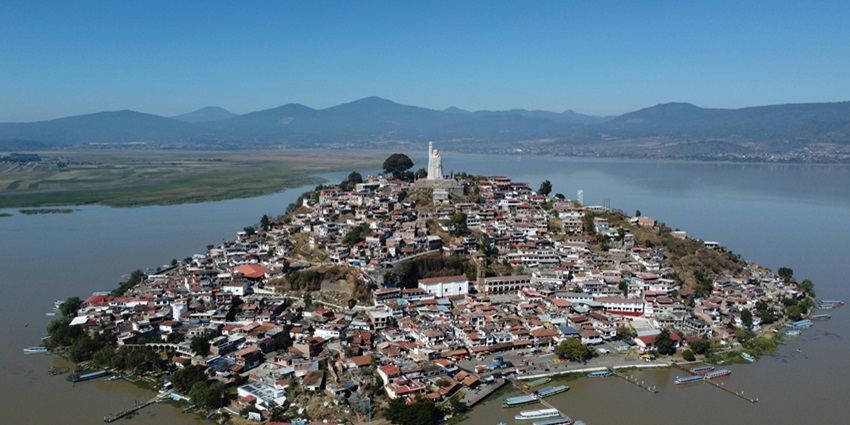
Photo: Luis Rodriguez / Pexels / Image For Representation Only
One of the most famous places in Mexico to celebrate Día de los Muertos is Janitzio Island, which is in Lake Pátzcuaro. On the night of November 1, thousands of candles light up the island as families cross the lake in boats covered with marigolds and gifts. At the graveyard, people gather for vigils with food in Mexico, music, and prayers to honour the dead.
Nearest Airport: Morelia International (MLM)
Major Attractions: candlelit lake crossings, island cemetery rituals
Suggested Read: Things To Do In Guadalajara, Mexico
9. Tzintzuntzan
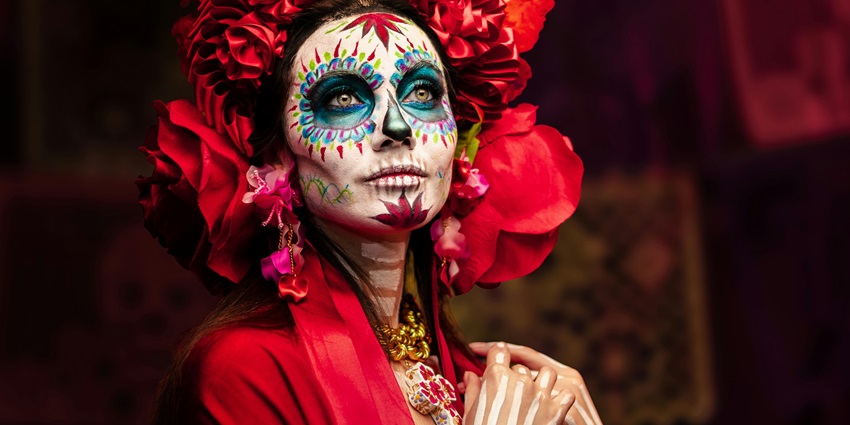
Photo: Heber Vazquez / Pexels / Image For Representation Only
Another Purépecha town close to Pátzcuaro is Tzintzuntzan, which has a Day of the Dead experience that is both quieter and more traditional. There are marigolds, candles, and traditional ofrendas in the graves of the town. To honour a loved one, families get together and often stay up all night, sharing food and stories. Along with its interesting history, Tzintzuntzan is also known for its craft markets and amazing archaeological site.
Nearest Airport: Morelia International (MLM)
Major Attractions: Purépecha cemetery vigils, Yácatas archaeological site
10. Xochimilco
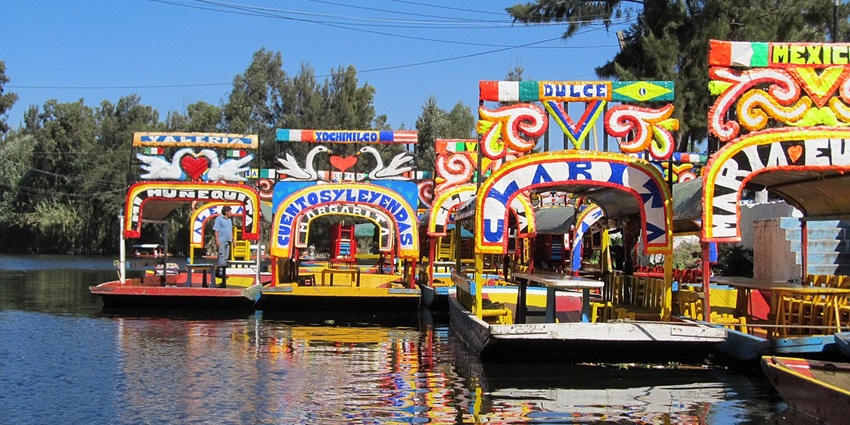
Photo: JorgeBRAZIL / Wikimedia Commons
Xochimilco has a unique way to celebrate the Day of the Dead traditions in cities. It is known for its colourful trajineras, which are boats that have been painted. People can float down the canals while listening to traditional music and eating traditional food. The canals are lined with lit shrines, candles, and marigolds. The area also has shows based on La Llorona and other tales, which makes it culturally rich and fun. Unlike rural towns, Xochimilco combines pre-Hispanic customs with lively modern celebrations.
Nearest Airport: Mexico City International (MEX)
Major Attractions: trajinera boat rides, themed canals, Noche de Muertos shows
Suggested Read: Things To Do In Riviera Maya, Mexico For A Tropical Escape
11. Huaquechula
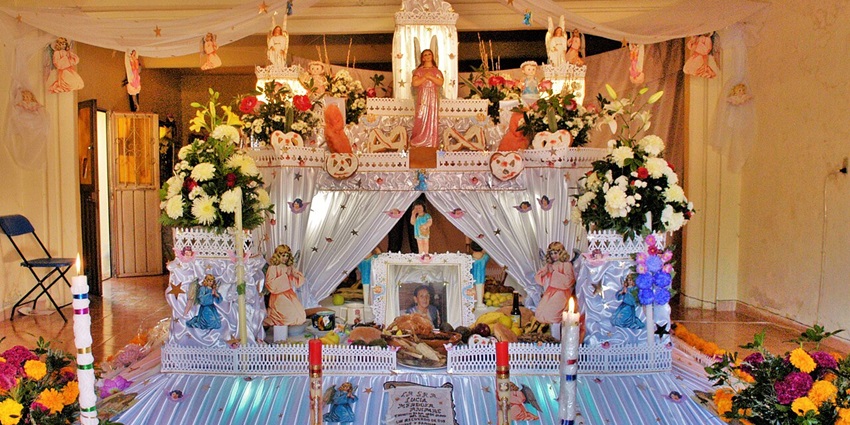
Photo: ORGP / Wikimedia Commons
People all over the world come to Huaquechula in Puebla to see the unique, multi-tiered shrines that are built to honour people who have died in the last year. They are adorned with pictures, food, religious symbols, and photos that can be up to three meters high. Huaquechula is a very spiritual place to celebrate Día de los Muertos because of this personal and moving practice.
Nearest Airport: Puebla International (PBC)
Major Attractions: Unique tiered altars for recently deceased, local church processions
12. Pomuch
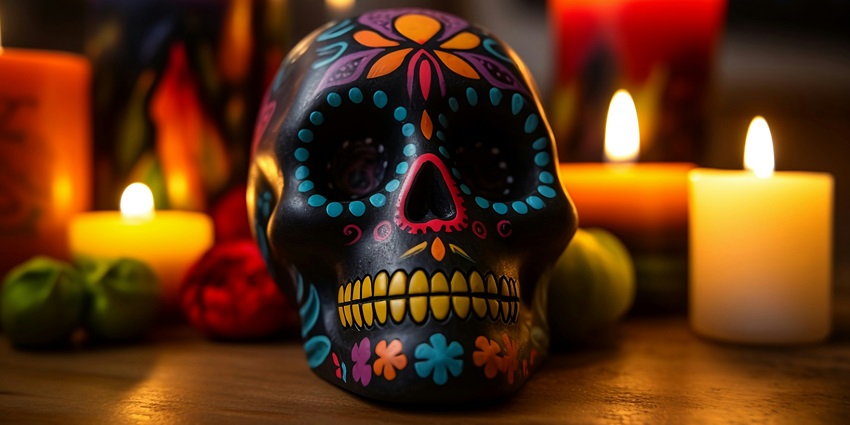
Photo: Brian Wegman / Unsplash / Image For Representation Only
In Pomuch, Campeche, there is a unique and deeply rooted custom of cleaning and displaying the bones of family members who have died. Before putting the bones in small wooden boxes lined with embroidered cloths inside family tombs, families wash and paint them with care. This rite, which goes back hundreds of years, shows a strong bond with ancestors and a unique view of death. Pomuch is one of the most interesting places to visit in Mexico because of its Day of the Dead celebrations, which give visitors a deep understanding of native beliefs and customs.
Nearest Airport: Campeche International (CPE)
Major Attractions: bone-cleaning ritual in cemeteries, traditional ofrendas
Suggested Read: Things To Buy In Mexico
Other Factors To Consider
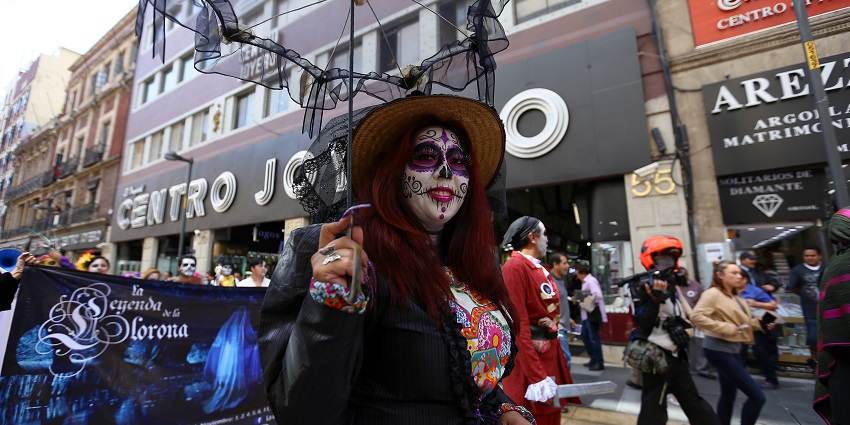
Photo: Gobierno CDMX / Wikimedia Commons / Image For Representation Only
Average Cost Of The Trip
Attending the Day of the Dead (Día de los Muertos) festival in Mexico is a culturally rich experience. For travelers from India, the total cost for a 7 to 10-day trip typically ranges between ₹1.5 lakh to ₹3.5 lakh per person, depending on travel style, duration, and inclusions. Here’s a breakdown to help you plan:
Tips For The Travellers
- Book your stay early as rooms in places like Oaxaca and Pátzcuaro are often full weeks before the festival begins.
- In cemeteries and during vigils, wear plain clothes in calm colours. Avoid anything that feels loud or out of place.
- This is not Halloween, don’t wear costumes or face paint unless you’re part of a local parade where it’s accepted.
- Ask before taking photos and never use flash. Many families don’t want their altars or time at graves to be photographed.
- Try to speak a few words in Spanish. A simple greeting or thank you is better than silence or assuming English is understood.
- Carry cash because small vendors, food stalls, and markets usually do not take cards.
The Day of the Dead is not just something to witness; it’s something to approach with care and understanding. It is a rare chance to see how tradition, family, and memory come together. Plan your trip with insight, travel respectfully, and take part in something truly rooted in place and time. Book your cultural journey with TripXL and experience Mexico with meaning.
Cover Photo: Tom Hilton / Wikimedia Commons


 WhatsApp
WhatsApp
 Twitter
Twitter









